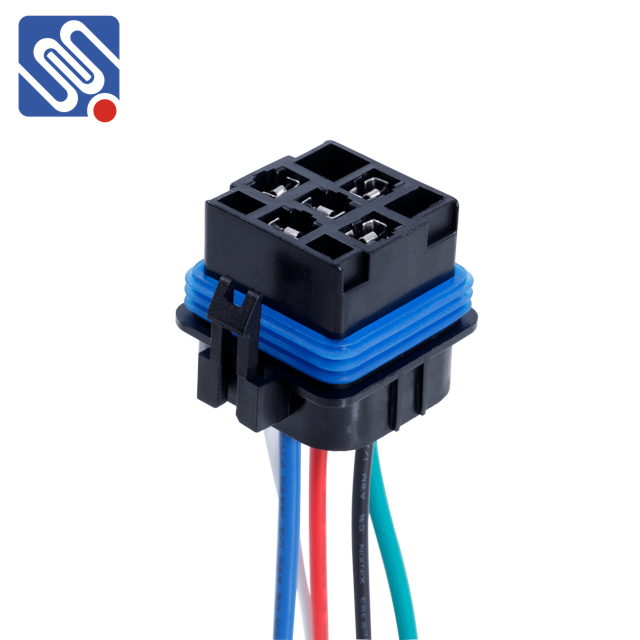understanding relay connectors: types, applications, and importance
Release time:2025-08-08 21:56:51
Relay connectors are integral components used to establish electrical connections between relays and other circuit elements in a variety of systems. A relay, essentially an electrically controlled switch, enables the control of high-power devices with a low-power control signal. The relay connector serves as the bridge between the relay’s terminals and the external circuit, ensuring the transfer of signals or power while maintaining electrical safety and reliability. This article delves into the key aspects of relay connectors, including their types, applications, and importance in different industries.

What Are Relay Connectors?
Relay connectors are electrical components designed to connect a relay to its corresponding circuit. These connectors are used to link the relay’s pins to either the control signal or the load circuit. Depending on the relay’s design, a connector may need to interface with a single or multiple relay contacts such as normally open (NO), normally closed (NC), or common (COM) terminals. This type of connector is essential for safely and securely transmitting electrical signals or power between the relay and other parts of an electrical system.
Types of Relay Connectors

